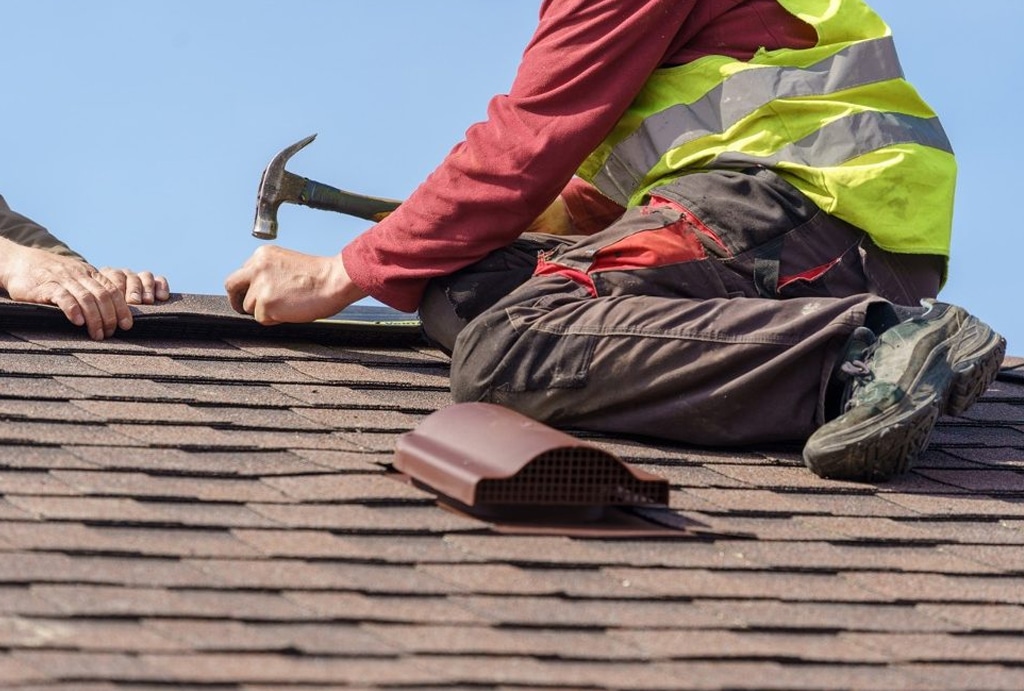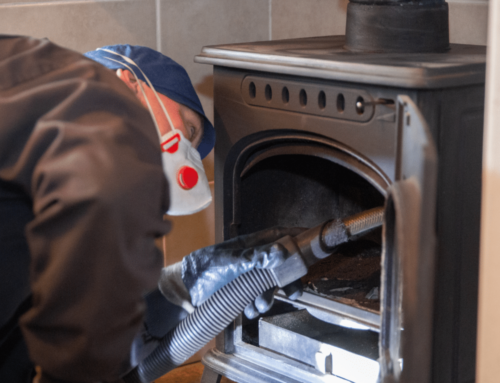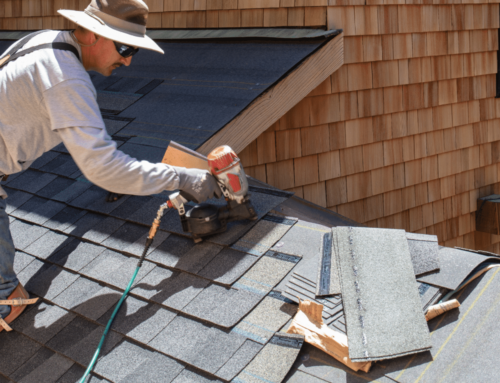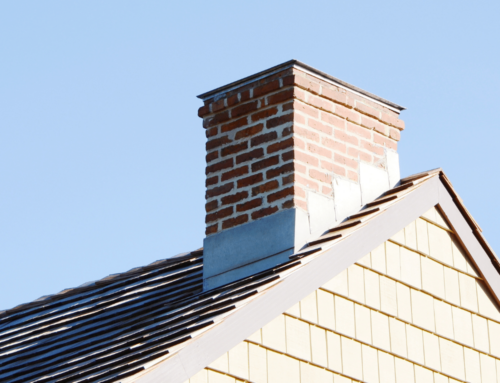When it’s time for a roof replacement, one of the most critical decisions you’ll face is choosing the right roofing material. The material you select will not only impact the appearance of your home but also its durability, energy efficiency, and long-term maintenance requirements. In this blog post, we’ll explore various roofing materials commonly used for roof replacements, highlighting their characteristics and helping you make an informed choice.
Asphalt Shingles
Asphalt shingles are the most popular roofing material in the United States, thanks to their affordability, versatility, and ease of installation. They come in a range of styles and colors, making them suitable for various architectural designs. Asphalt shingles are known for their durability and can last 20-30 years with proper maintenance.
Slate Roofing
For a timeless and elegant look, consider slate roofing. It’s a natural stone material known for its beauty and longevity. Slate roofs can last over a century and are exceptionally resistant to fire, rot, and insect damage. While they are durable, they are also heavier and more expensive to install.
Metal Roofing
Metal roofs are gaining popularity for their durability, energy efficiency, and modern appearance. They come in various materials, including steel, aluminum, and copper, and can last 40-70 years. Metal roofs are excellent at reflecting sunlight, which can reduce cooling costs during hot months.
Wood Shakes and Shingles
Wood shakes and shingles offer a rustic and charming aesthetic that’s perfect for certain architectural styles. Cedar and redwood are popular choices due to their natural resistance to decay and insects. However, wood roofs require regular maintenance to prevent moss and rot.
Flagstone Roofing
Flagstone roofing, also known as slate flagstone, provides a unique and distinctive appearance to your home. Made from thin layers of flagstone, it’s durable and can last for decades. Flagstone roofing is relatively lightweight compared to solid slate.
Plastic Roofing Materials
Plastic roofing materials, such as PVC and TPO, are growing in popularity due to their lightweight and energy-efficient properties. They offer good resistance to moisture and UV radiation. These roofing systems are typically low-maintenance and can last 20-30 years.
Choosing the Right Material
Selecting the right roofing material for your replacement project depends on several factors:
- Budget: Consider your budget and how much you’re willing to invest in your roof replacement.
- Climate: Your local climate can affect your choice. Some materials are better suited for specific weather conditions.
- Aesthetics: Think about the style and appearance you desire for your home.
- Durability: Assess how long you want your new roof to last and how much maintenance you’re willing to undertake.
- Energy Efficiency: Consider the energy efficiency and insulation properties of the roofing material.
- Local Regulations: Check if there are any local building codes or regulations that may influence your choice.
Choosing the right material for your roof replacement is a significant decision that will impact your home for decades. Each roofing material has its own set of advantages and considerations, so it’s crucial to weigh your priorities carefully. Consult with roofing professionals to assess your specific needs and find the best roofing material that fits your budget, style, and long-term goals. A well-informed choice will ensure your new roof not only enhances the aesthetics of your home but also provides lasting protection and value.
Ready to make the right choice for your roof replacement material? Contact Premier Roofing Services for expert guidance and a durable roofing solution.





